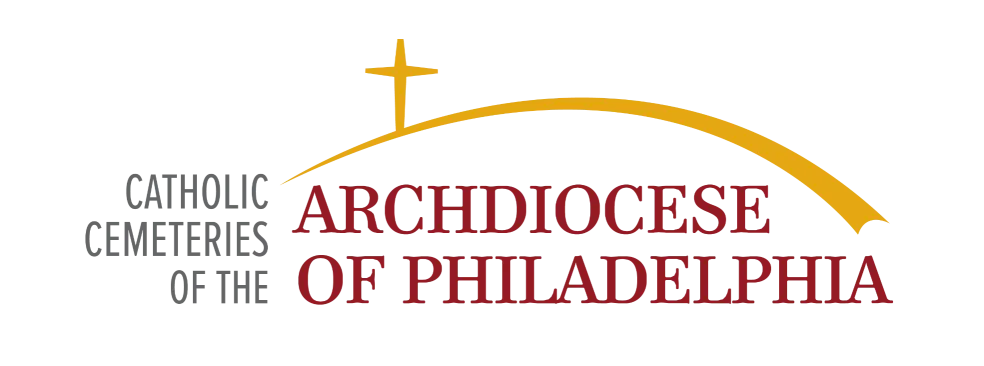The Catholic Church has a long history of teaching that the human body is sacred and should be treated with respect. This teaching is based on the belief that the human body is created in the image and likeness of God, according to Genesis 1:27. Because of this, the Church has typically preferred that the bodies of the faithful have a traditional burial after death.
However, the Church also recognizes that there are valid reasons why some people may choose to have their loved ones cremated. For example, cremation may be necessary for sanitary reasons, or it may be the only option available in some parts of the world. In these cases, the Church permits cremation, but it does not encourage it. Here's what you should know about the Catholic Church's teaching on cremation and burial.
From the Vatican
The Catholic teaching on cremation is based on two important values:
- Respect for the human body
- Hope of resurrection
The Church asks Catholics to make their decisions about cremation with these values in mind. In entry 3301 of the Catechism of the Catholic Church, it states that "cremation is not an evil in itself." However, the Catechism also says that "cremation does not fully express the Christian hope of the resurrection of the body." This is because cremation destroys the body, which is a sign of resurrection.
The Church also teaches that cremation should not be chosen for reasons that are contrary to the faith. For example, cremation should not be chosen to deny the resurrection of the body, or to express indifference to the human body. If a Catholic chooses to have their loved one cremated, the Church asks that the cremated remains be treated with respect. The remains should not be scattered, divided, or kept in mementos. Instead, they should be buried in a sacred place, such as a church cemetery.
History of Catholic Teaching on Cremation
The Catholic Church's teaching on cremation and burial has evolved over time. In the early centuries of the Church, cremation was not allowed because it was associated with pagan funeral practices. However, in the 19th century, the Church began to allow cremation in cases where it was necessary for sanitary reasons.
The church went further in 1963, when the Second Vatican Council issued a document called "The Decree on the Sacred Liturgy" (Sacrosanctum Concilium). This document stated that cremation was now permitted for Catholics if it was not chosen for reasons that were contrary to the faith.
In 1997, the Vatican issued a document called "Instruction on the Manner of Disposition of the Bodies of the Deceased" (Ad resurgendum cum Christo). This document reiterated the Church's teaching that cremation is permitted, but it also provided more specific guidelines on how to dispose of cremated remains.
The most recent document on cremation from the Vatican was issued in 2016. This document, called "Instruction on the Care of the Dead" (Ad resurgendum cum Christo), reaffirmed the Catholic Church's teaching on cremation and burial and provided additional guidance on how to treat cremated remains with respect.

Why Does the Catholic Church Prefer Burial?
The Catholic Church prefers that the bodies of the faithful be buried after death because burial is a way of:
- Showing respect for the human body, which is created in the image and likeness of God.
- Expressing the hope of the resurrection, which is a core tenet of the Catholic faith. When a person is buried, their body is placed in the ground, where it can be transformed by the power of God into a new and glorified body.
- Uniting the deceased with the Church. When a person is buried in a Catholic cemetery, they are surrounded by the prayers and support of the Church community. This not only provides support for the deceased and their immortal soul, it's also a crucial part of comforting the community in their grief after having one of their own pass on.
What is the Catholic Teaching on Disposing of Cremated Remains?
If a Catholic chooses to have their loved one cremated, the Church asks that the cremated remains be treated with the same dignity and respect that an intact body would be treated with. According to the Church, cremated remains should be buried in a sacred place, such as a church cemetery.
In lieu of burial, cremated remains can also be placed in a columbarium. These are vaults that function similarly to a mausoleum but are designed specifically to accommodate burial urns. The Church also asks that the urns these remains are placed in be simple and dignified in design and construction. The urn should not be made of expensive materials, and it should not be placed in a prominent location.
Following the Catholic Church's Teaching on Cremation and Burial
The decision between cremation and traditional burial is a personal one. It should be made by either the deceased prior to their death or their immediate family afterward. However, for those of the Catholic faith, where before it might have been frowned upon or outright impossible to be cremated according to the Church, today is much different. For Catholics who wish to be cremated while still staying true to their faith, it's now possible.
The Church's guidelines for disposing of cremated remains are designed to help Catholics honor the memory of their loved ones and to express their hope in the resurrection. If you have any questions about the guidelines the Vatican has set out for cremation, please speak to your parish priest for more information.
And if you have any questions about planning a funeral for a loved one or for yourself in advance, please contact us at 844-451-9614 or find one of our cemeteries near you to consult an expert.
